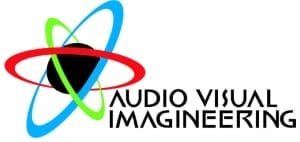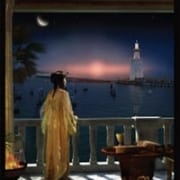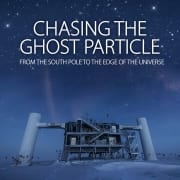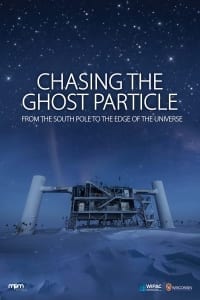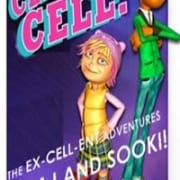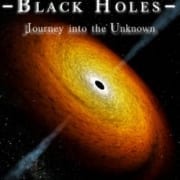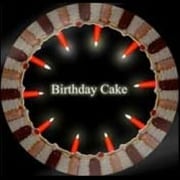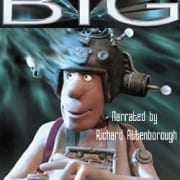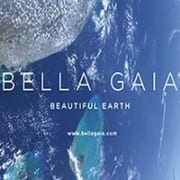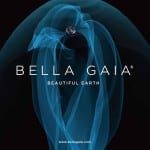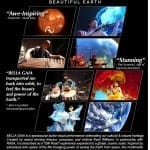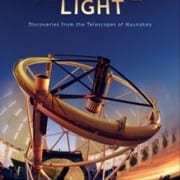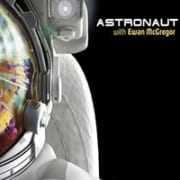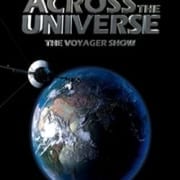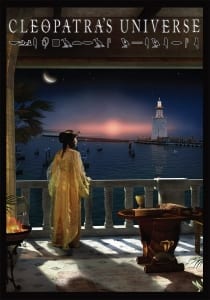
Explore the Truths and Mysteries of Egypt’s Legendary Queen Cleopatra.
Experience the life and times of Cleopatra in dramatic fashion as your audiences travel back in time to see stunning re-creations of the Alexandria Library, Cleopatra’s Palace, and the Pharos Lighthouse—one of the seven wonders of the ancient world.
Discover the powerful Greek and Roman influences on the world of Cleopatra.
You will also see Eratosthenes figure out the size of the Earth.
Chasing the Ghost Particle
/in Full Dome Show /by rculverChasing the Ghost Particle
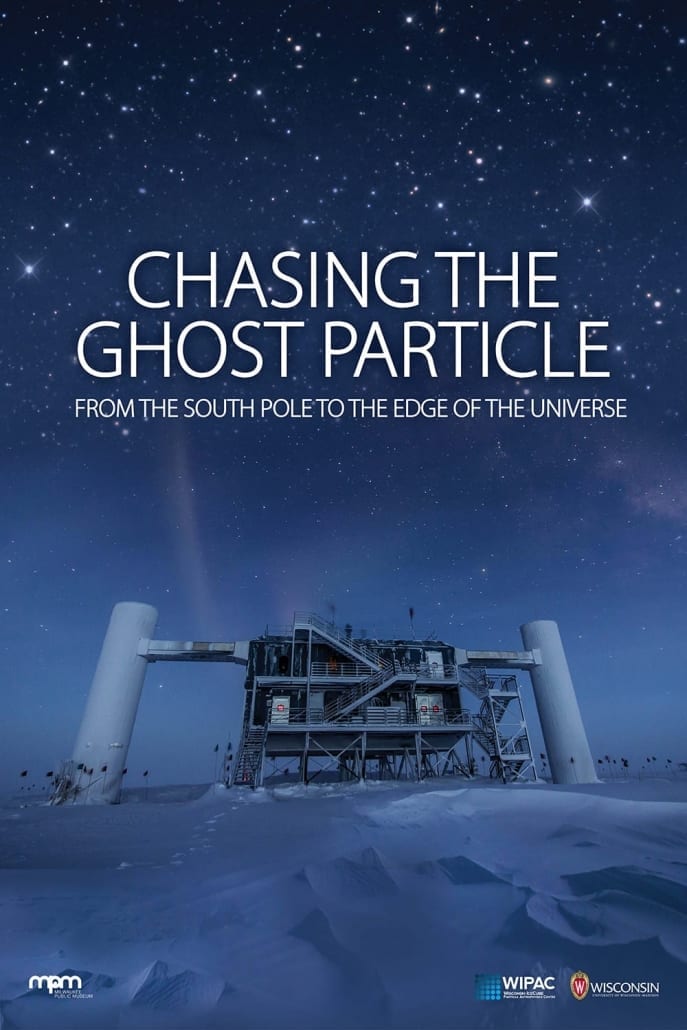
Deep in the ice at the heart of Antarctica, the biggest and strangest detector in the world waits for mysterious messengers from the cosmos. The detector is IceCube! The messengers are neutrinos–ghostly particles that give us tantalizing looks into world of exploding stars and black holes.
This show tells the incredible story of how an international team of scientists and engineers transformed one billion tons of Antarctic ice into a telescope. Building IceCube was a titanic endeavor driven by our human passion for discovery.
Your audiences will witness stunning views of the South Pole, captivating animations of the IceCube detectors capturing a neutrino collision–and eye-catching views of the cosmos. Chasing the Ghost Particle: From the South Pole to the Edge of the Universe will take you on a journey you will never forget.
A co-production of the Daniel M. Soref Planetarium at the Milwaukee Public Museum and the Wisconsin IceCube Particle Astrophysics Center (WIPAC) of the University of Wisconsin–Madison.
Cell! Cell! Cell!
/in Full Dome Show /by rculverCell! Cell! Cell!
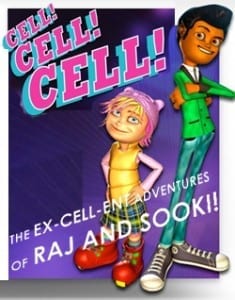
You are made of 70 trillion living cells. They work. They talk. They think.
They are what make you alive.
This is the story of the trillions of cells that form our bodies, from our beginnings as a single cell to the complexity of a whole body: it’s the story of who we are. Join Raj and Sooki on a totally ex-CELL-ent immersive journey. Get shrunk down by the Shrink-a-tron, go back in time with the Retroscope and see an exploded view of all the body systems courtesy of the Cell-o-tron.
Supplemental Materials
Black Holes – Journey into the Unknown
/in Full Dome Show /by rculverBlack Holes – Journey into the Unknown
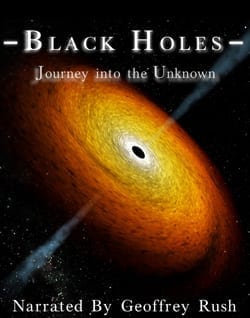
Imagine a place where time stands still; where the universal order breaks down; where the unimaginable becomes reality. Welcome to the world of Black Holes.
Narrated by Academy Award winning actor Geoffrey Rush and presenting the latest scientific information, this new planetarium show brings to life all that is fascinating and extreme in the world of black holes. Witness what would happen if you got too close to one? What makes a black hole? How do we find them? Would you survive falling into one?
Discover what science has taught us about these most bizarre creations. Follow their story from an extraordinary idea of the late 18th century through to their unexpected detection almost 200 years later.
Black holes. No longer the stuff of science fiction, their discovery has been a triumph of modern science. An incredible journey from imagination to reality.
Supplemental Materials
Birthday Cake
/in Full Dome Show /by rculverAccidental Astronauts: An Earth, Moon & Sun Adventure!
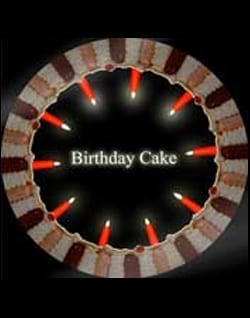
An Amazing Fireworks Display Spread Out In The Dome Above!
A great short for birthdays and functions!
Supplemental Materials
Big
/in Full Dome Show /by rculverBig
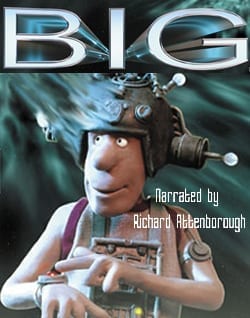
One of the most asked questions about the Universe is “How big is it?”
And that’s one of the hardest to answer.
BIG has been produced to tackle the question and does so by taking the audience on an immersive journey to the far reaches of the universe that we are currently able to observe. Along the way, the audience is introduced to the concept of the speed of light, and they meet a huge range of objects to spark their imagination.
Unlike any show you have seen before, BIG combines a light-hearted storytelling style with computer animation, stop-motion character animation (clay animation), laser graphics, and a surround sound musical score to bring a really big subject down to Earth.
Supplemental Materials
Bella Gaia
/in Full Dome Show /by rculverBella Gaia
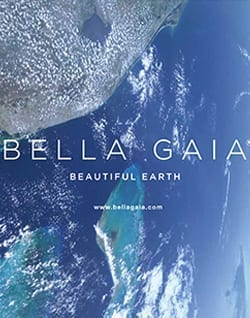
Bella Gaia (Beautiful Earth) Successfully simulates space flight, is a ‘Living Atlas’ multimedia journey of our world, and expresses the deeply moving beauty of planet Earth as seen through the eyes of astronauts.Created by award winning director and classically trained violinist Kenji Williams, and in collaboration with NASA, Bella Gaia features live performances by Williams and world music artists against a large-screen backdrop of orbiting visualizations of Earth from space.
Inspired by astronauts who spoke of the life changing power of seeing the Earth from space, award winning filmmaker and composer Kenji Williams created Bella Gaia to simulate this transformative effect called the “Overview Effect”. Working closely with NASA’s scientific visualization studio, the award winning Bella Gaia successfully simulates space flight, taking the audience on a spectacular journey around planet Earth. With gripping NASA scientific visualizations, guided by the hypnotic, ecstatic music of Kenji Williams, Bella Gaia showcases a thought-provoking stream of crucial scientific data regarding our imperiled eco-systems while also celebrating the amazing cultural heritage of humanity.
A “Living Atlas” journey of our planet, Bella Gaia creates a direct experience and connection with the creative forces of Earth. Bella Gaia uses the media-rich languages of today to present audiences compelling visualizations of scientific data, natural systems and humanity’s impact on nature in a way that taps audience’s emotional intelligence and facilitates deeper cognitive understanding of today’s complex issues.
Awesome Light
/in Full Dome Show /by rculverAwesome Light
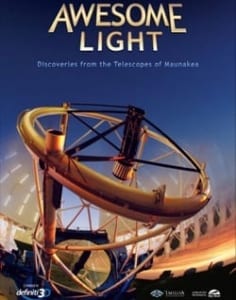
Three Episodes In the Series!
Open the doors of the world’s most famous observatories to your audiences. Produced over three years with exceptional access to the telescopes and in close cooperation with the principal investigators. Discover the latest stories from the cosmos in this unique planetarium series!
For general audiences. Features PI’s data and astronomical simulations rendered in DigitalSky 2 with stunning time-lapse footage from Maunakea.
Episode 1: Big Mirrors on the Mountain
Voyage into Subaru, Gemini, Keck, and Canada-France-Hawai‘i observatories to explore an exoplanet, supernova, stars orbiting at the center of the Milky Way, and the 1° galactic survey.
Approximate running time: 22 minutes
Episode 2: Seeing the Invisible
Witness the James Clerk Maxwell, the Submillimeter Array, Caltech Submillimeter, and Very Long Base Array observatories, to explore star-forming regions, Jupiter’s atmosphere, and stunning submillimeter views of M51 and M87.
Approximate running time: 23 minutes
Episode 3: Chasing Celestial Mysteries
Chase asteroids with NASA’s Infrared Telescope, use Britain’s UKIRT to discover hidden jewels in the Milky Way, watch supernovae with Hawai‘i’s 2.2 optical telescope, and share stories with the astronomers of tomorrow from the University of Hawai‘i.
Approximate running time: 22 minutes
Supplemental Materials
Astronaut
/in Full Dome Show /by rculverAstronaut
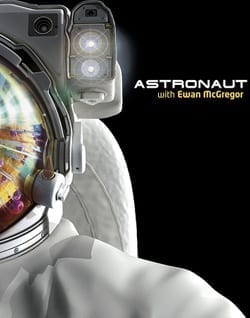
The Greatest Endeavor Ever Undertaken
The exploration of space is the greatest endeavor that humankind has ever undertaken.
What does it take to be part of this incredible journey? What does it take to become an astronaut?
Experience a rocket launch from inside the body of an astronaut. Explore the amazing worlds of inner and outer space, from floating around the International Space Station to maneuvering through microscopic regions of the human body. Discover the perils that lurk in space as we subject ‘Chad’, our test astronaut, to everything that space has to throw at him.
Supplemental Materials
Across the Universe
/in Full Dome Show /by rculverAcross the Universe
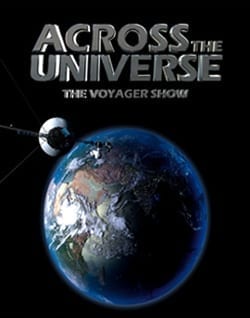
Let us take you to one of the most thrilling journeys mankind ever made. A journey like this is possible only about every 176 years. Be close to witness the complete mission of both of the Voyager Twins and explore regions mankind never saw before!
Answers to questions such as:
How does a probe work?
Why are probes built as they are?
How you can control a probe?
How does the probe find its way in space?
How was it possible to build a probe like this 30 years ago?
